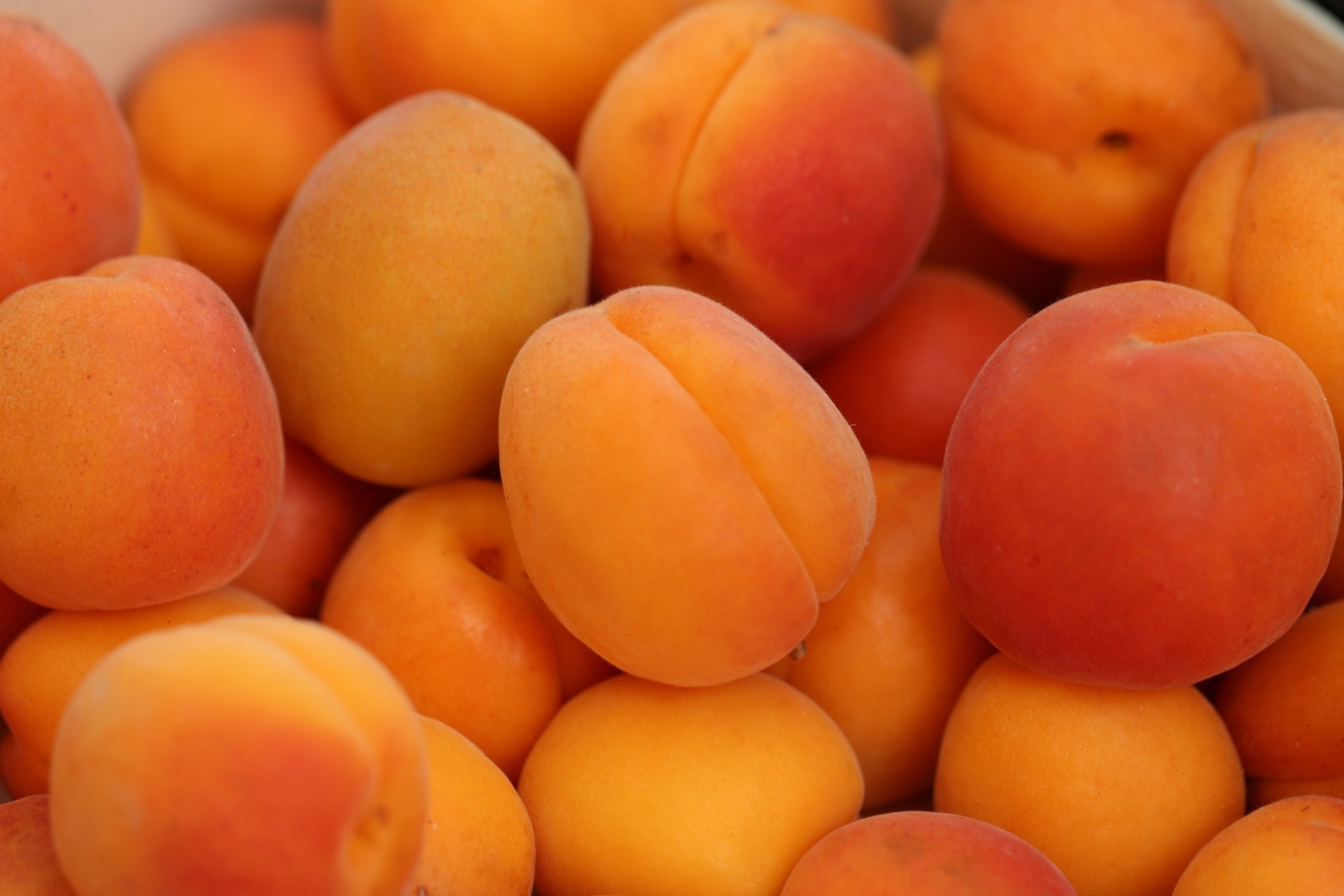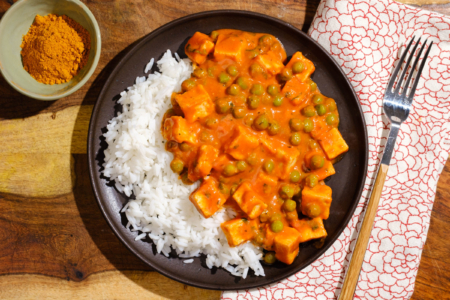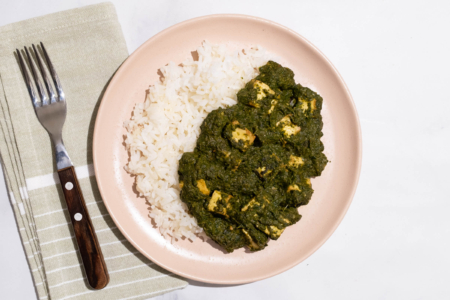Prunus armeniaca, or apricots, are a type of stone fruit or drupe, similar to plums and cherries. With a rich history dating back thousands of years, historians speculate apricots may have originated in China or Armenia and eventually made their way to Europe via King Henry VIII’s gardener and Alexander the Great. Today, several delicious varieties are available such as Blenheim, Plum Parfait, Moongold, and Royal Rosa. Look for apricots at your local grocery store or farmer’s market.
Flavor and Texture of Apricot
With colors ranging from golden yellow to burnt orange, the apricot looks almost like a smaller peach with a smoother skin. When ripe, this fruit is juicy and soft like a plum and has an overall sweet flavor with a slight tartness. At the center of the apricot lies a hard pit encasing a kernel, or a noyaux, which is often described as smelling like almonds and vanilla. Noyaux is used to make liqueurs, jams, and extract, but is toxic if consumed raw and can lead to cyanide poisoning.
Storage and Usage of Apricot

To keep apricots fresh, store at room temperature in a dark spot away from direct sunlight. Since this fruit continues to ripen after being picked, watch for the fruit to become tender to indicate ripeness and that it’s ready to be enjoyed. Once ripe, store in the refrigerator to slow down the process and extend the shelf life, but they should still be enjoyed within a few days.
Start the morning off with a burst of flavor and make our Apricot and Hazelnut Breakfast Bars. Looking for more of a dinner option? Try our Curried Chicken Salad made with sweet apricot marmalade. When searching for a timeless classic to bring to a friend’s dinner party, bake up our Fruitcake complete with dried fruits such as figs, cherries, and apricots.
Feature Image: Olga Oginskaya from Pixabay



